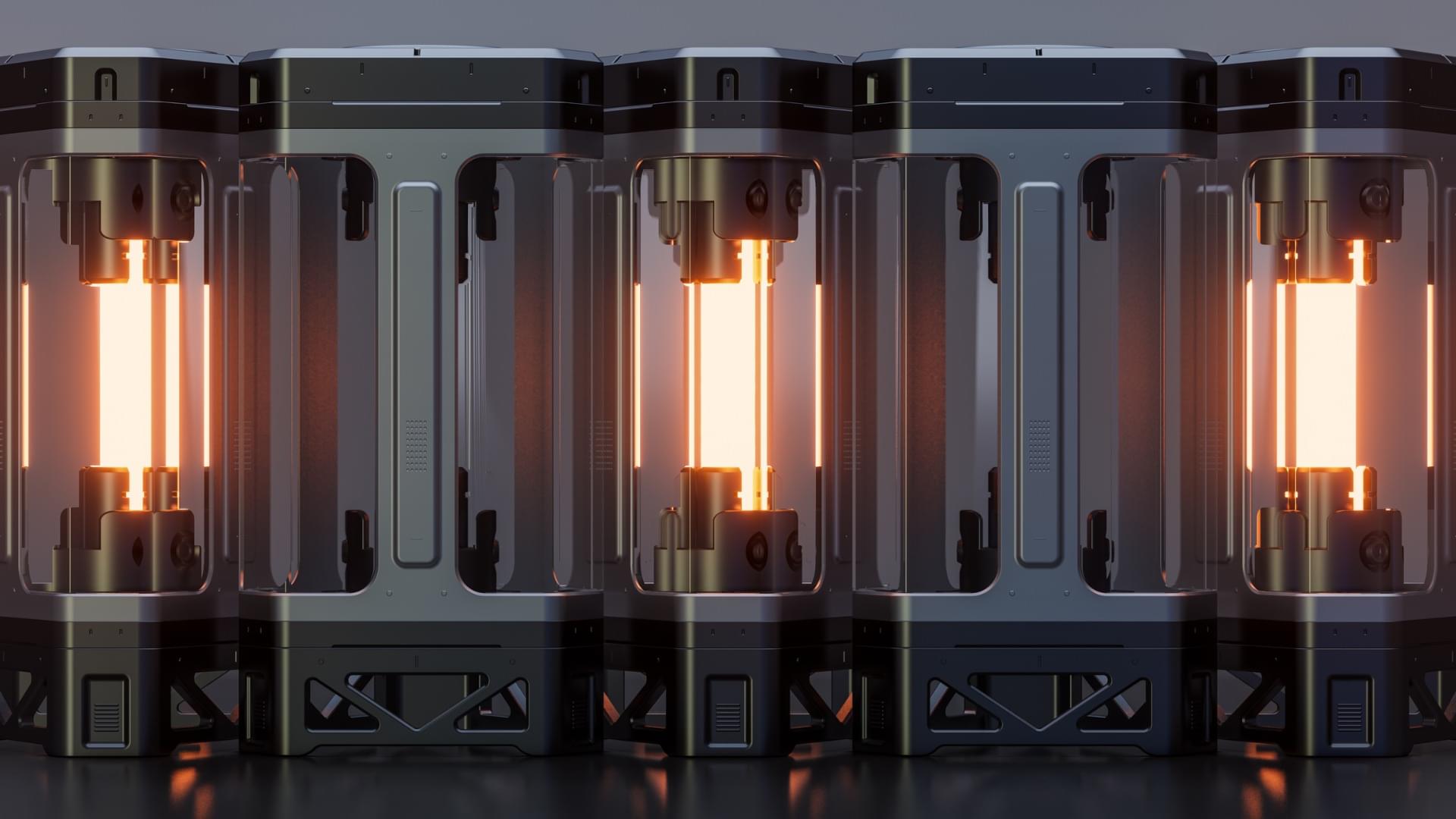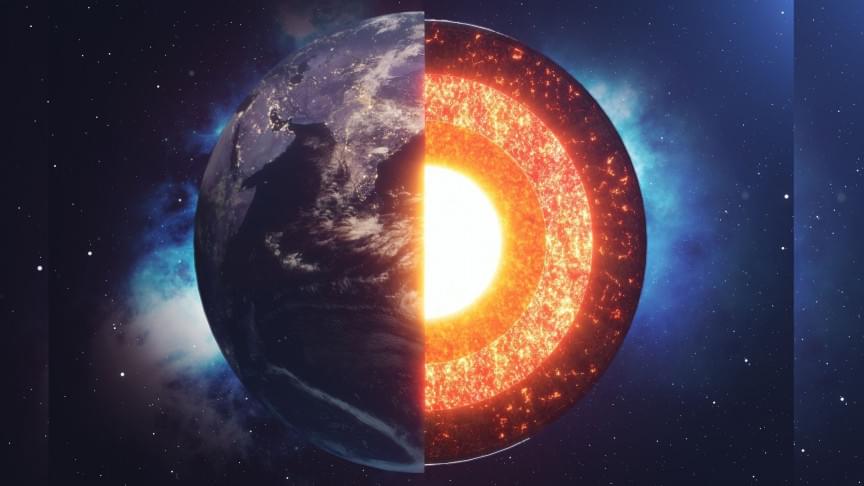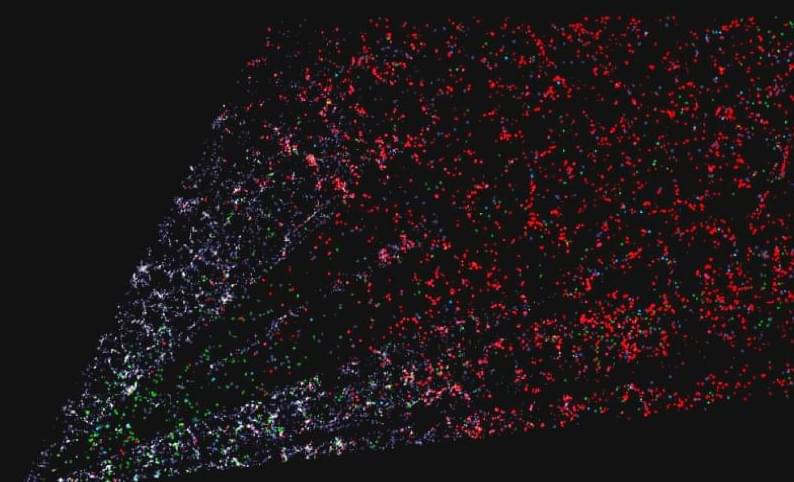Policy experts and scientists are coming together to stop such experimentation.
Back in March of 2021, we brought you news of a study from the Bill Gates-backed Harvard University Solar Geoengineering Research Program which aimed to evaluate the efficacy of blocking sunlight from reaching our planet’s surface in order to delay the effects of climate change.
Now, more than 60 policy experts and scientists have come together to claim that these kinds of geoengineering initiatives are very dangerous for humanity, according to Phys.org.
“Solar geoengineering deployment cannot be governed globally in a fair, inclusive and effective manner,” said the researchers in a letter that was further supported by a commentary in the journal WIREs Climate Change.
“We, therefore, call for immediate political action from governments, the United Nations and other actors to prevent the normalization of solar geoengineering as a climate policy option.”
Turns out geoengineering is not all it’s cracked up to be, and experts say that it could be dangerous to play with it.






